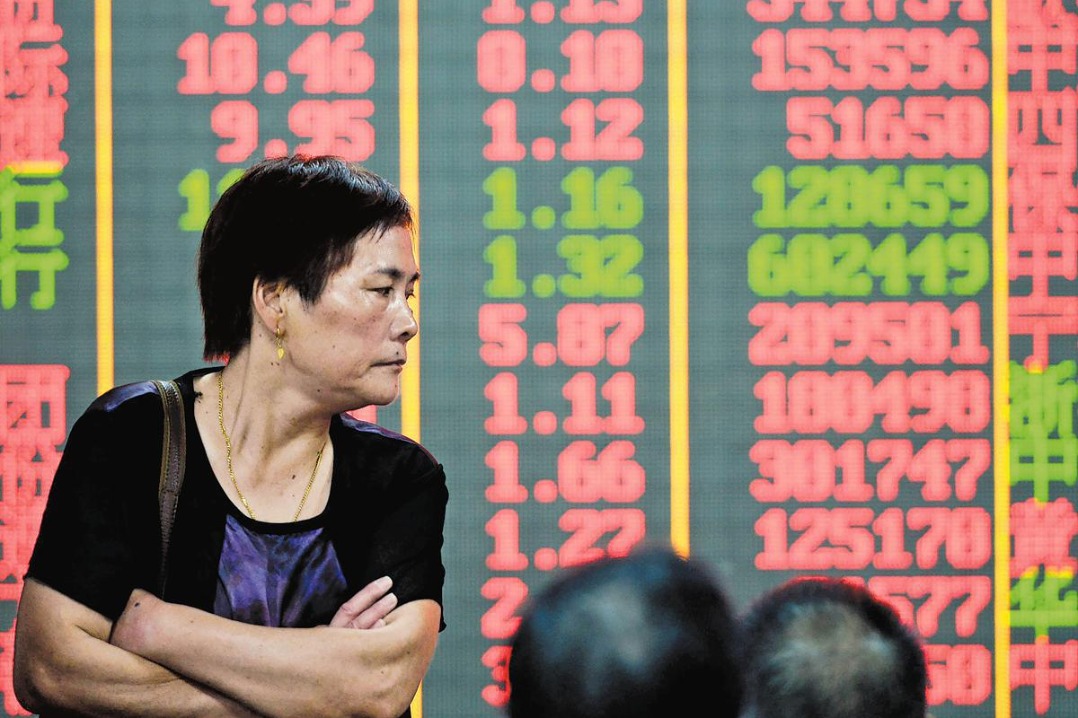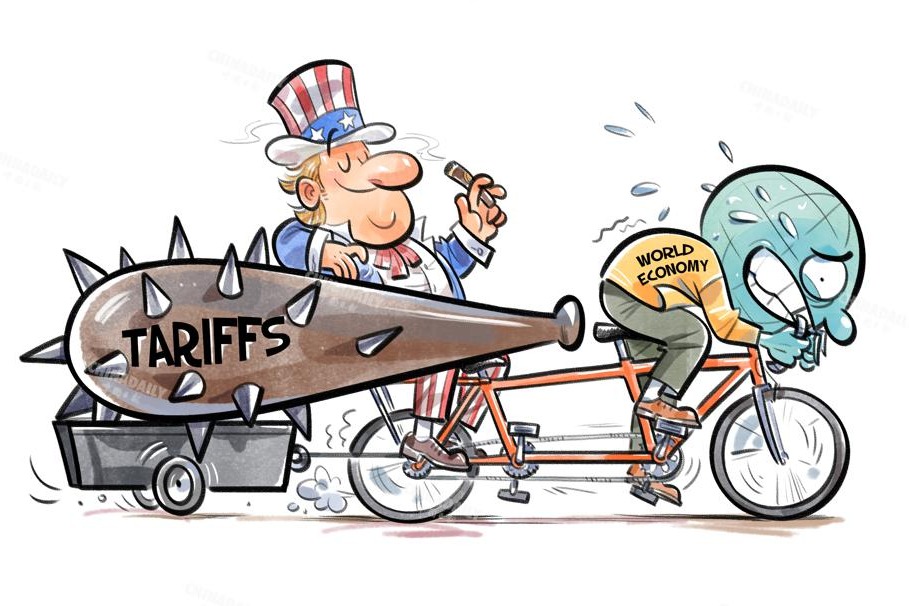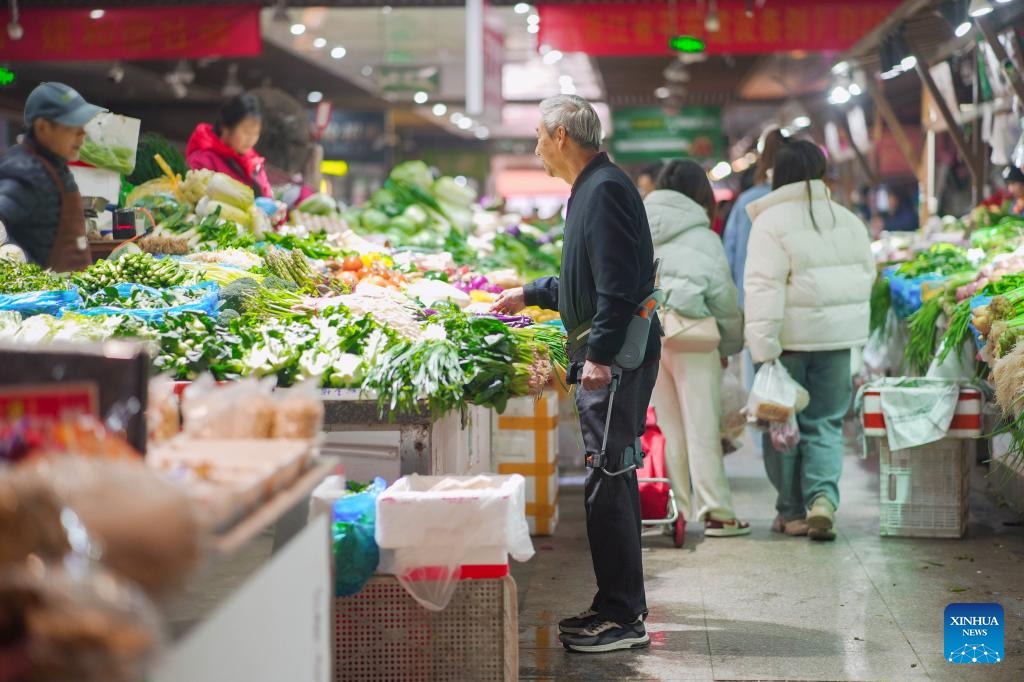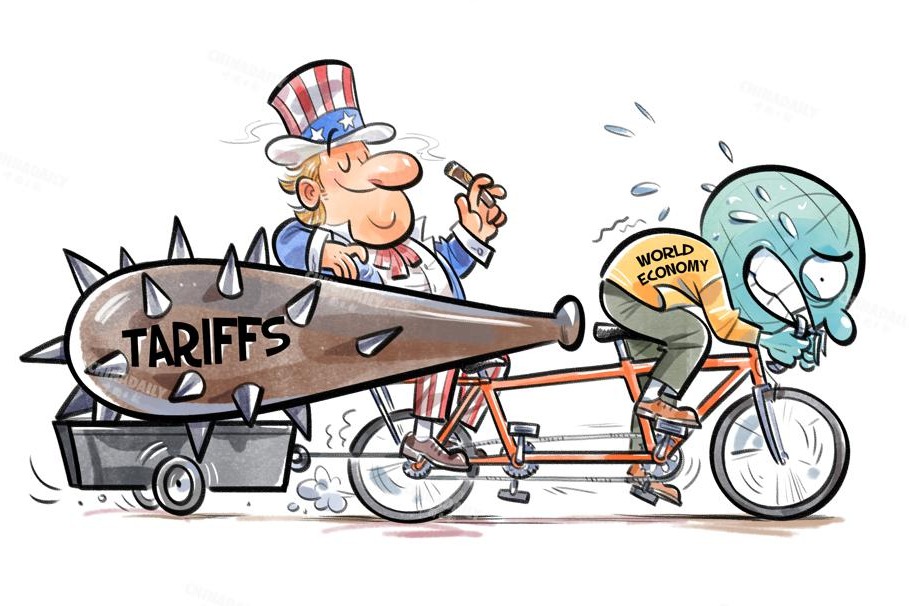Tap RCEP's potential for regional growth


As a free trade agreement, the Regional Comprehensive Economic Partnership covers not only the largest free trade area in the world but also is ASEAN-centered, development-oriented and inclusive. Since coming into force almost 22 months ago, it has played a significant role in promoting regional economic cooperation, and enhancing the region's economic resilience and boosting its risk-resisting capacity. The next few years will be critical for the RCEP to perform to its full potential.
The RCEP comprises the 10 members of ASEAN (Brunei, Cambodia, Indonesia, Laos, Malaysia, Myanmar, the Philippines, Singapore, Thailand and Vietnam) and Australia, China, Japan, the Republic of Korea and New Zealand. It covers 2.2 billion people (30 percent of the world's population), boasts a GDP of $38.81 trillion (30 percent of global GDP in 2019), and accounts for nearly 28 percent of global trade.
The low utilization rate of RCEP rules of origin by China and the Association of Southeast Asian Nations has become a significant obstacle to realizing the full dividends of the RCEP. For example, in 2022, Vietnam's export utilization rate of RCEP rules of origin was only 0.67 percent, far below the average utilization rate (33.6 percent) of the other free trade agreements (FTAs) it has signed, while Thailand's export utilization rates of RCEP rules in 2022 and 2023 were just 1.9 percent and 2.7 percent, respectively, and Malaysia's export value accounted for just 0.07 percent of its total exports to the RCEP markets from April 2022 to February 2024.
Estimates show that in 2023, the utilization rates of RCEP rules of origin for China's exports and imports were 4.21 percent and 1.46 percent, respectively. Since a significant improvement in the utilization rate of RCEP rules can greatly benefit ASEAN, China and other members, think tanks should study ways to increase the members' utilization rates.
In the coming years, China's accelerated high-level opening-up will not only lead to major breakthroughs in China-ASEAN free trade but also inject new momentum into the RCEP's continuous upgrading.
The third plenary session of the 20th Central Committee of the Communist Party of China in July, while proposing major tasks for facilitating China's higher-level opening-up, suggested that the country's higher-level opening-up be toward least-developed economies — for example, Laos and Cambodia — before expanding to other ASEAN members.
With the cumulative GDP and manufacturing added value of China, Japan and the Republic of Korea accounting for more than 80 percent and their trade value over 50 percent of the RCEP region's total, the three countries are the key drivers of the full implementation of the RCEP, and have already reaped benefits from the regional FTA.
So China, Japan and the ROK should intensify efforts to achieve breakthroughs in their trilateral FTA negotiations and form higher-level and broader trilateral cooperation mechanisms, which will not only consolidate the achievements of cooperation under the RCEP framework but also promote a new type of regional economic integration.
The parties to the RECP should also make concerted efforts to start all possible operations of the RCEP secretariat by the end of this year so that timely information is conveyed to the media and the public, all regional developments are monitored and analyzed, follow-up negotiations on key issues including the transition of rules of origin from "partial cumulation" to "full cumulation" are coordinated, and a comprehensive negative list is prepared.
Also, the secretariat should coordinate the process of strengthening legislation and fair enforcement in areas such as equal market access, fair competition, intellectual property rights protection, and regulatory transparency, and initiate consultations on mutual recognition of rules, regulations, management and standards of service sector among the member states. And it should be accorded the authority to commission independent or joint research to think tanks in the RCEP region to chart a robust development plan for the RCEP's development in the next decade.
Sri Lanka, Chile and China's Hong Kong Special Administrative Region have applied to join the RCEP. Hong Kong's early accession to the RCEP should be supported, as it would initiate the RCEP enlargement process, while Sri Lanka's and Chile's inclusion should be backed to make RCEP a cross-regional FTA.
In September 2022, the China Institute for Reform and Development initiated the establishment of the RCEP Think Tank Network, attracting 18 think tanks from 13 countries. Since its establishment, the think tank network has conducted research, organized discussions and international academic exchanges on RCEP's major issues, and held training seminars on RCEP implementation, capacity-building, spreading the partnership's influence worldwide.
Yet the think tank network needs to make greater efforts to promote the RCEP's comprehensive implementation. To begin with, it should focus on helping member states improve their RCEP rules' utilization rates and regularly assess the extent of its comprehensive implementation, promote policy exchanges, coordination and communication among member countries, and provide intellectual support for mutual policy learning and macroeconomic policy coordination.
The think tank network should also help promote regional economic integration, conduct discussions, exchanges and dialogues on major issues in cooperation with the member states, and between the RCEP and other regional and sub-regional FTAs, carry out in-depth research on economic and trade cooperation between the Hainan Free Trade Port and ASEAN under the RCEP framework, build an institutionalized exchange and research platform and strive to hold an RCEP international forum in Hong Kong and develop it into a brand.
Moreover, it should find ways to strengthen the RCEP's implementation capacity building by, for example, establishing an RCEP "Implementation Capacity Building Academy" to conduct institutionalized RCEP implementation capacity training.
The RCEP has set an important agenda by releasing huge resources for trade and investment, and facilitating dynamic activities in regional and global value chains. It is a critically important FTA for the world amid rising global uncertainties and some countries' inward-looking policies, and provides an impetus for global trade and investment and supports open regionalism.
The author is president of China Institute for Reform and Development. The views don't necessarily represent those of China Daily.
If you have a specific expertise, or would like to share your thought about our stories, then send us your writings at opinion@chinadaily.com.cn, and comment@chinadaily.com.cn.

































